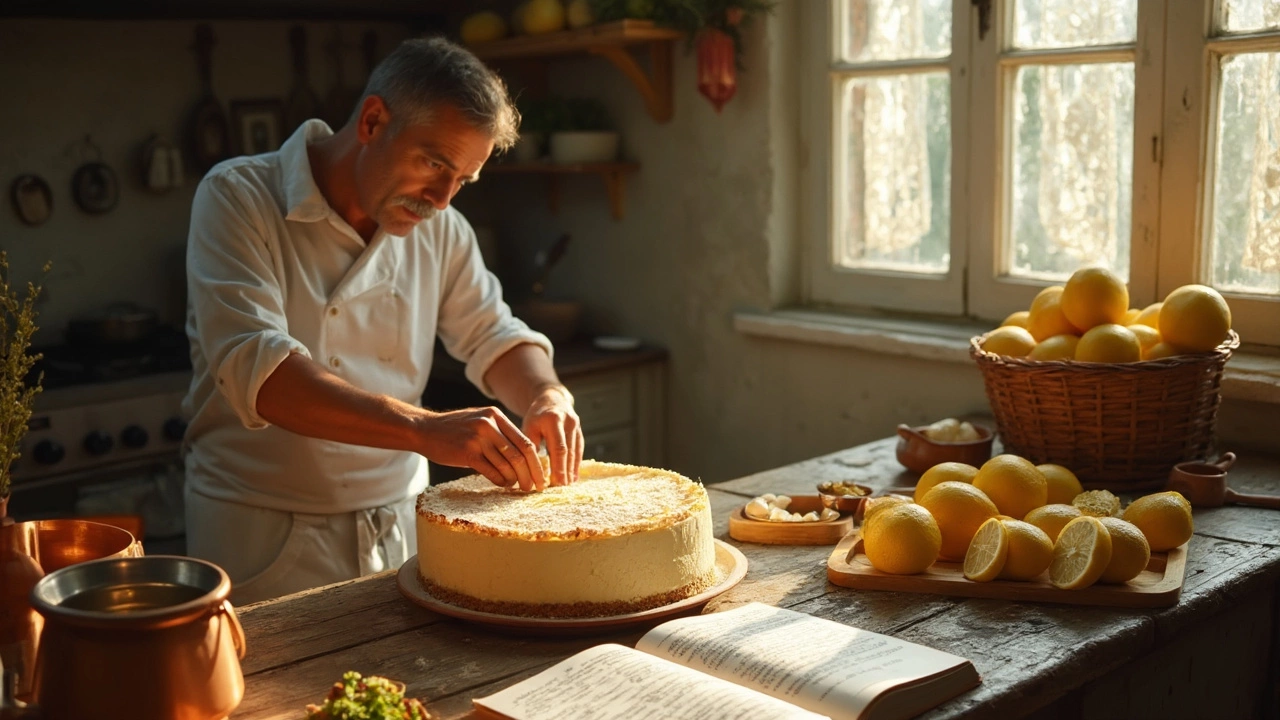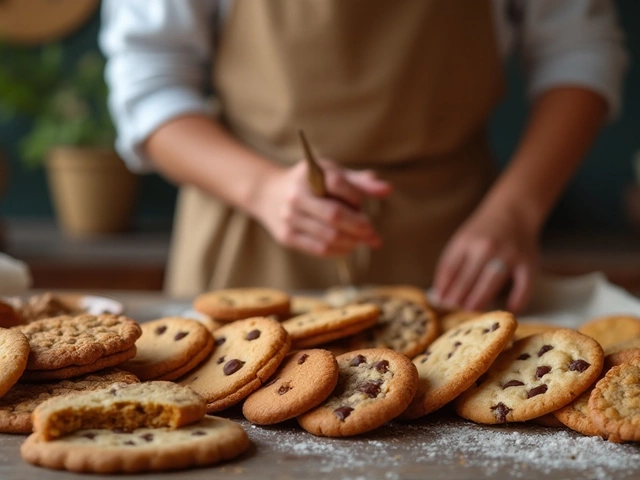Ricotta Basics: How to Store, Season, and Cook with This Creamy Cheese
If you’ve ever opened a tub of ricotta and wondered what to do with it, you’re not alone. This mild, creamy cheese can turn a bland dish into something special, but only if you handle it right. Below are the everyday tricks that make ricotta work for you, whether you’re whipping up a dessert or a savory dinner.
Storing Ricotta So It Stays Fresh
First thing: keep ricotta cold and covered. Transfer the cheese from its original plastic container to an airtight jar, then slide it into the coldest part of your fridge. A good rule is to use it within four days of opening. If you notice any watery liquid on top, simply drain it – the cheese itself is still fine.
Seasoning and Boosting Flavor
Plain ricotta is mild, which means it loves a flavor boost. A pinch of salt and a drizzle of olive oil can make it a perfect spread for toast. For a sweet twist, stir in a spoonful of honey, a dash of vanilla, or some lemon zest. These quick additions turn ricotta into a dip, a filling, or even a simple topping for fresh fruit.
Now let’s talk cooking. Ricotta works best when it’s added at the end of a hot dish. Think of it like a cooling agent – it melts gently without turning grainy. Add it to pasta sauces right before you plate, or fold it into scrambled eggs for extra fluffiness. The key is low heat; high heat will dry it out.
If you’re into baking, ricotta is a star in cakes, muffins, and cheesecakes. A basic ricotta cake only needs flour, sugar, eggs, and the cheese itself. The cheese adds moisture and a light texture, so you won’t need a lot of butter. For a quick treat, mix ricotta with a bit of cocoa powder and sugar, then bake in ramekins for mini molten brownies.
Here’s a go‑to savory recipe: ricotta‑stuffed shells. Cook large pasta shells, fill them with a mix of ricotta, chopped spinach, and grated Parmesan, then bake in marinara sauce. It’s a one‑pan dinner that’s ready in under an hour. You can swap spinach for roasted pumpkin for a fall vibe.
Need a fast snack? Grab a spoonful of ricotta, sprinkle with cracked black pepper, a drizzle of extra‑virgin olive oil, and a few chopped fresh herbs. Spread it on crackers or toasted baguette slices. It’s a protein boost that’s ready in seconds.
Lastly, don’t waste the leftover whey that comes out of the ricotta tub. Use it to thin soups, enrich bread dough, or water your garden plants – the nutrients are still there.
With these simple storage tips, flavor ideas, and cooking tricks, ricotta becomes a kitchen staple you’ll reach for again and again. Experiment, have fun, and enjoy the creamy goodness in every bite.

Italian Cheesecake vs Regular Cheesecake: The Real Differences Explained
Ever wondered why Italian cheesecake tastes so different from the classic slice you get at most bakeries? This article breaks down what really sets authentic Italian cheesecake apart from regular cheesecake. You'll learn about different cheeses, textures, and even a few tips on baking. Get the inside scoop on these two crowd-pleasers so you can pick (or bake) your perfect slice. If you love cheesecake, you’re in for some tasty details.
View More
Italian Cheesecake vs New York Cheesecake: Key Differences Explained
Curious why Italian cheesecake and New York cheesecake just don’t taste the same? This article lays out the major differences between these two classic desserts, including ingredients, textures, and baking styles. Learn what goes into each recipe and how the flavors stand apart. You’ll also find helpful tips if you want to try baking both at home. No more guessing which one to order or serve at your next get-together.
View More



